By Film Noir Blonde and Mike Wilmington
The Noir File is FNB’s guide to classic film noir, neo-noir and pre-noir from the schedule of Turner Classic Movies (TCM), which broadcasts them uncut and uninterrupted. The times are Eastern Standard and (Pacific Standard).
PICK OF THE WEEK
“Mildred Pierce” (1945, Michael Curtiz). Friday, Aug. 16, 8 p.m. (5 p.m.). With Joan Crawford, Jack Carson and Ann Blyth.
I saw “Mildred Pierce” for the first time nearly 20 years ago on a Sunday afternoon in my small, studenty London flat – pale gray walls, Venetian blinds, a Victor Skrebneski print opposite the TV. Just before the opening scene unfolded – a shooting in a shadow-drenched California beach house with a sinister vibe – I remember popping a batch of popcorn in oil on the stovetop and making fresh lemonade. Such wholesome snacking for the decadence on the little screen.
Directed by Michael Curtiz, “Mildred Pierce” is based on James M. Cain’s 1941 novel, adapted by Ranald MacDougall with uncredited help from William Faulkner. Joan Crawford plays the title character, a wife and mother, who tries to buy the love of her spoiled and ungrateful teenage daughter Veda (Ann Blyth). Her younger daughter Kay (Jo Ann Marlowe) is easy to love, but Mildred is determined to win Veda over as well.
You can read FNB’s full review here.
Friday, Aug. 16
3 p.m. (12 p.m.): “Brute Force” (1947, Jules Dassin). One of the prototypical prison pictures, with Burt Lancaster as the indomitable convict and Hume Cronyn as the sadistic captain – plus a cast that includes Yvonne De Carlo, Charles Bickford, Ann Blyth and Howard Duff, and a taut script by Richard Brooks.
8 p.m. (5 p.m.): “Mildred Pierce” (See Pick of the Week).
2 a.m. (11 p.m.): “The Helen Morgan Story” (1957, Michael Curtiz). “Mildred Pierce” co-star Ann Blyth and director Curtiz reunite for this tangy, noirish bio-drama of the tragic popular songstress, with Paul Newman as Helen’s brash gangster lover.
Sunday, Aug. 18
1:45 p.m. (10:45 a.m.): “Rebel Without a Cause” (1955, Nicholas Ray). With James Dean, Natalie Wood and Sal Mineo.





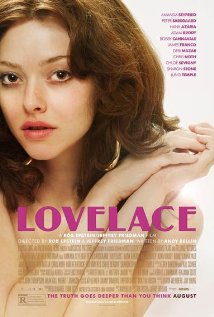
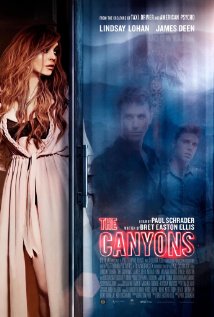
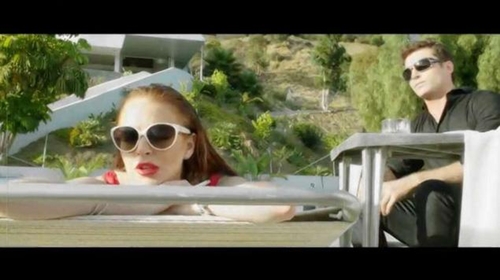

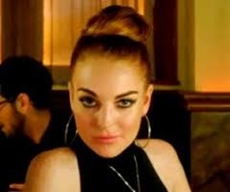
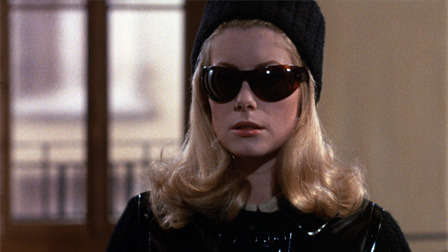
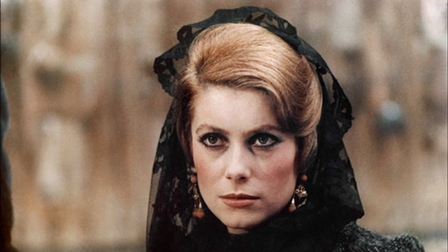
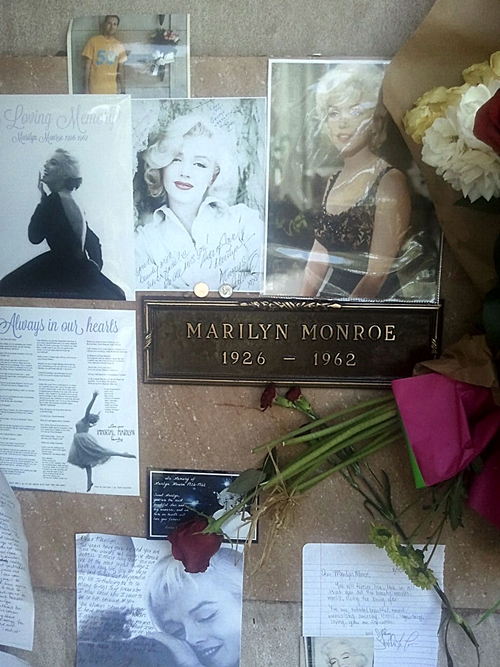
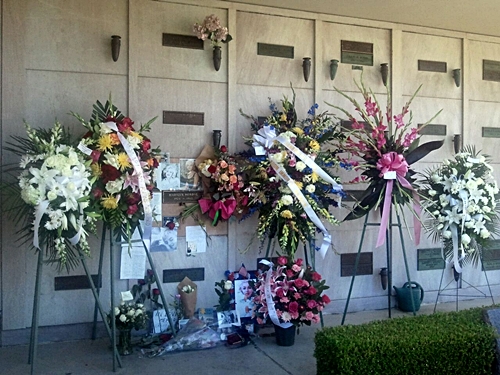
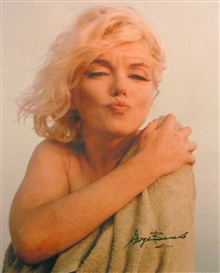
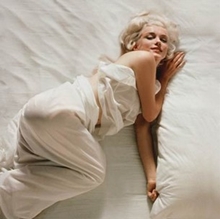
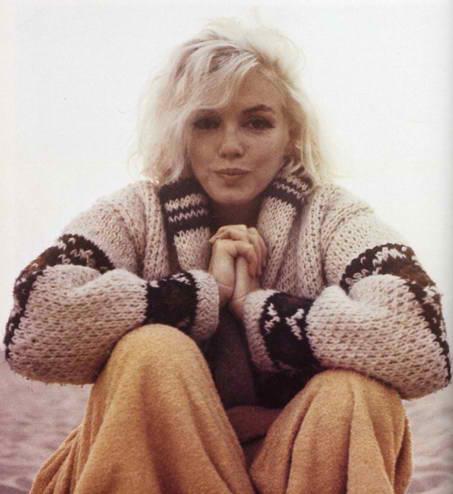
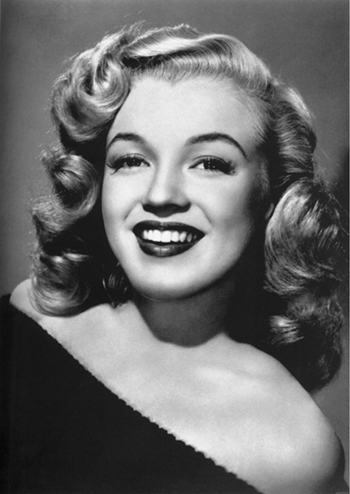
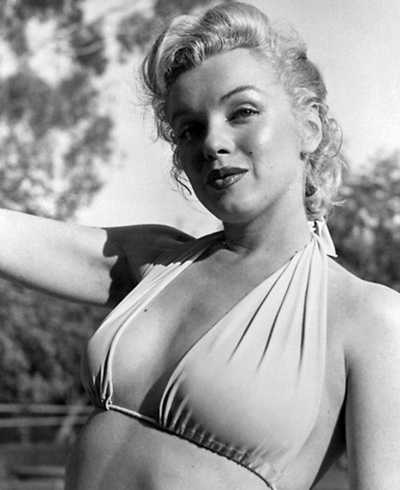
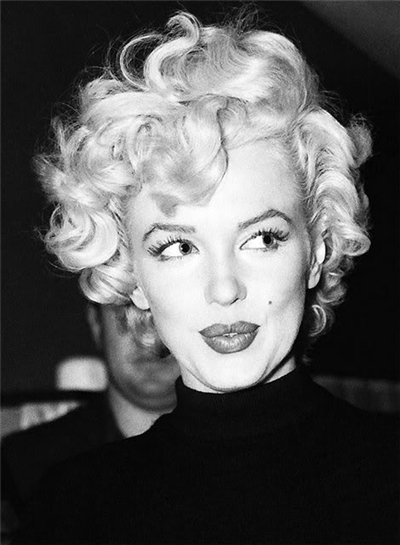
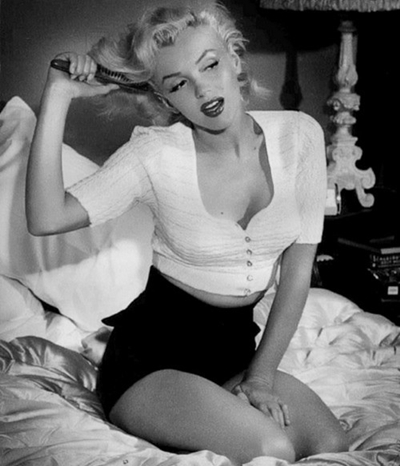
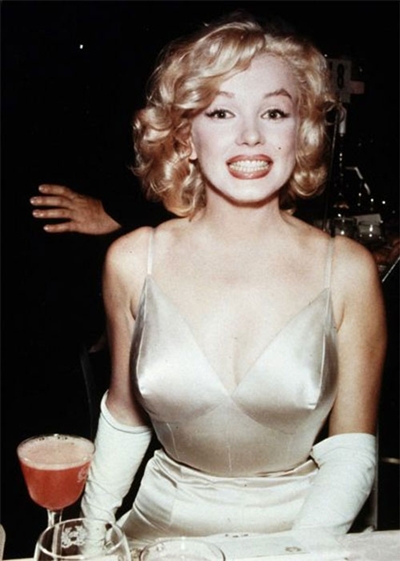
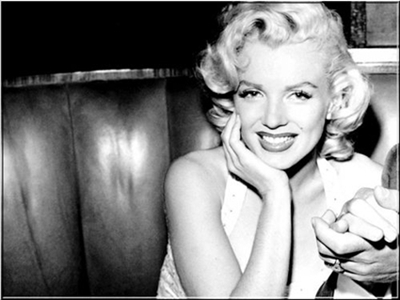
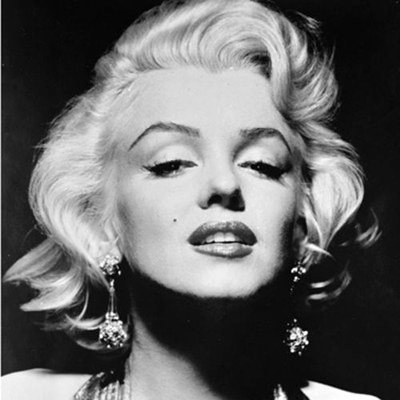
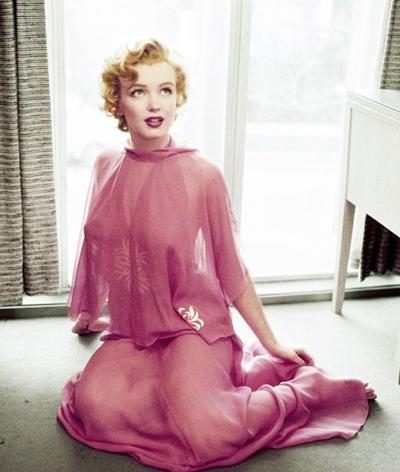
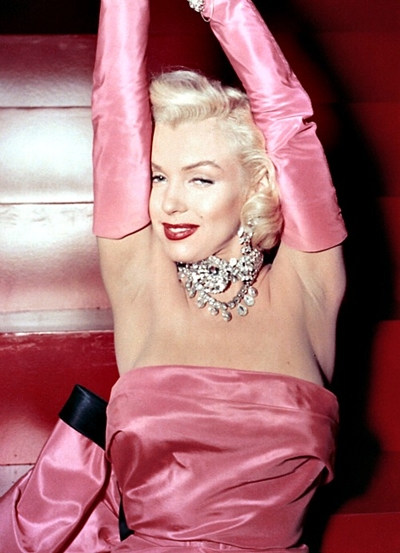
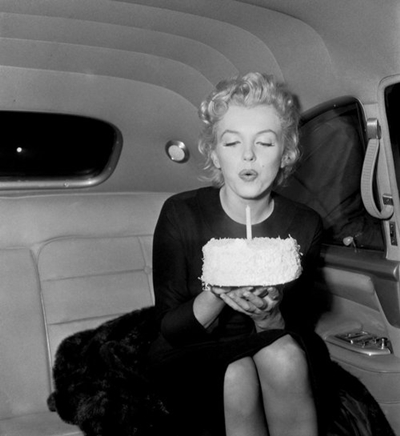
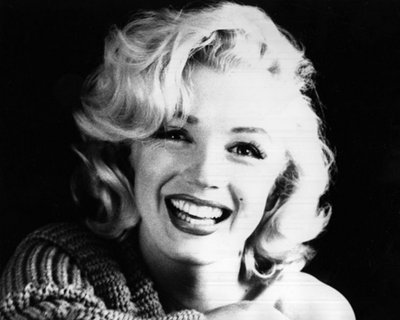
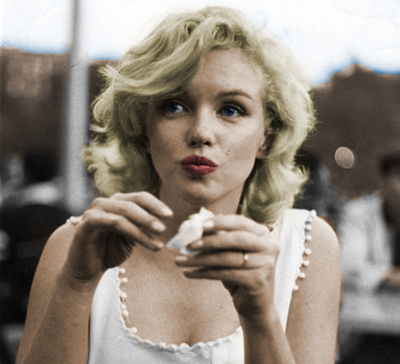
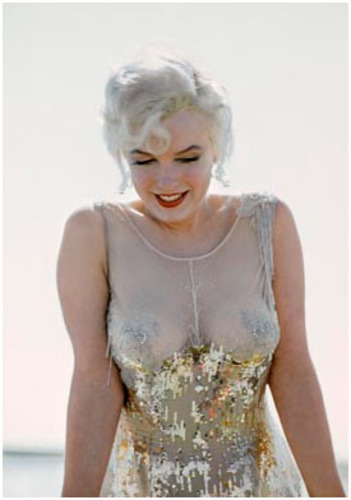
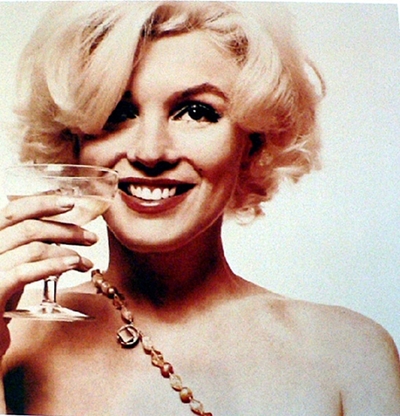
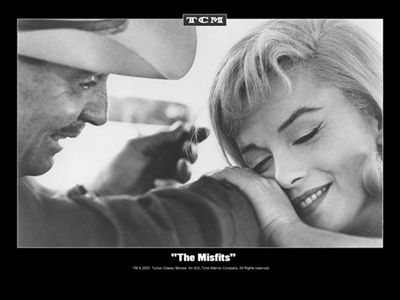
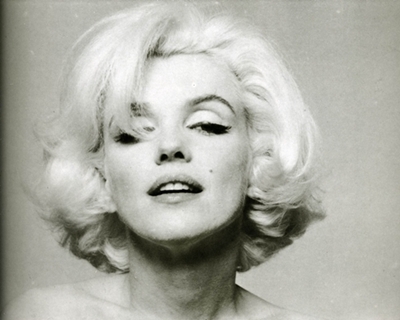
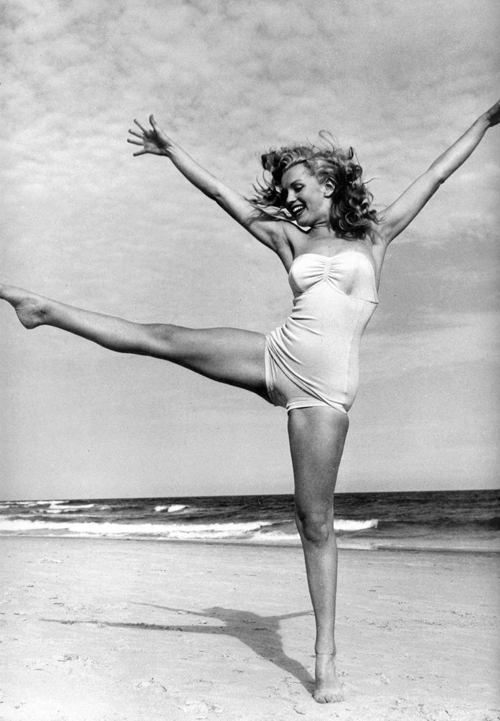





From FNB readers